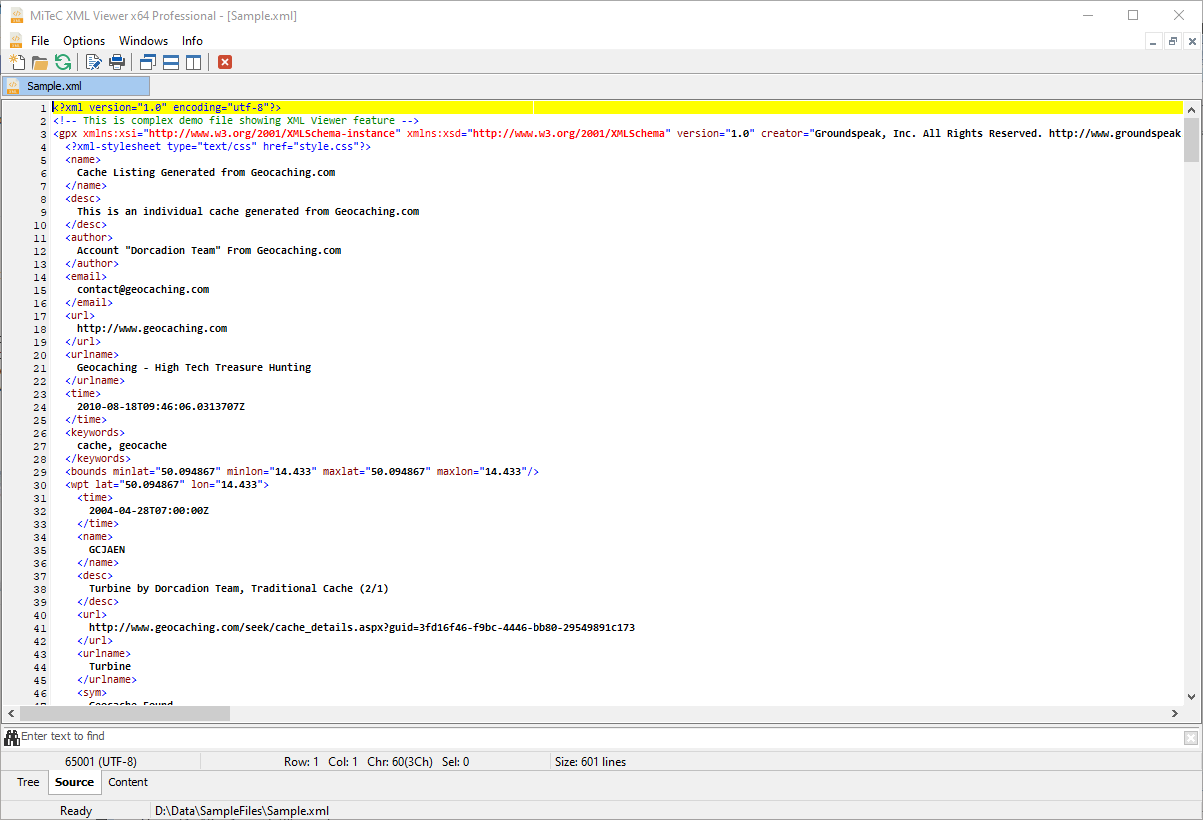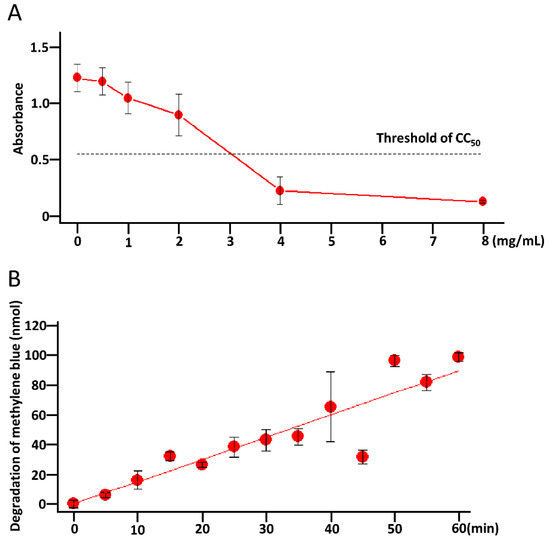
See the "less" section of the answer above. (There is a famous saying – "less is more, more or less" – because "less" replaced the earlier Unix command "more", with the addition that you could scroll back up.) Searching and navigating under less is very similar to Vim, but there is no swap file and little RAM used. Why are you using editors to just look at a (large) file?
#Xml file viewer free#
The free version can not: process regex, filter files, synchronize timestamps, and save changed files. loxx (Windows) – Supports file following, highlighting, line numbers, huge files, regex, multiple files and views, and much more.BssEditor (Windows) – Handles large files and very long lines.EmEditor (Windows) – Handles very large text files nicely (officially up to 248 GB, but as much as 900 GB according to one report).UltraEdit (Windows, macOS, Linux) – Opens files of more than 6 GB, but the configuration must be changed for this to be practical: Menu » Advanced » Configuration » File Handling » Temporary Files » Open file without temp file.SlickEdit (Windows, macOS, Linux) – Opens large files.010 Editor (Windows, macOS, Linux) – Opens giant (as large as 50 GB) files.A console program that allows you to view a file, one screen at a time.
#Xml file viewer windows#
MORE (Windows) – This refers to the Windows MORE, not the Unix more.Notepad (Windows) – Decent with large files, especially with word wrap turned off.

Lets you view text files of practically any size. less (macOS, Linux) – The traditional Unix command-line pager tool.But it's buggy – with large files, it only allows overwriting characters, not inserting them it doesn't respect LF as a line terminator, only CRLF and it's slow.īuiltin programs (no installation required): GigaEdit (Windows) – Supports searching, character statistics, and font customization.Large File Editor (Windows) – Opens and edits TB+ files, supports Unicode, uses little memory, has XML-specific features, and includes a binary mode.
#Xml file viewer code#
In particular, Vim (Windows, macOS, Linux), Emacs (Windows, macOS, Linux), Notepad++ (Windows), Sublime Text (Windows, macOS, Linux), and VS Code (Windows, macOS, Linux) support large (~4 GB) files, assuming you have the RAM. Modern editors can handle surprisingly large files.

It's one executable, barely 500 KB, but it still supports searching (with regexes), printing, a hex editor mode, and settings.

and display in a spreadsheet format) and the highlighter (show lines with certain words in certain colors). But its killer features are the columnizer (parse logs that are in CSV, JSONL, etc.


 0 kommentar(er)
0 kommentar(er)
